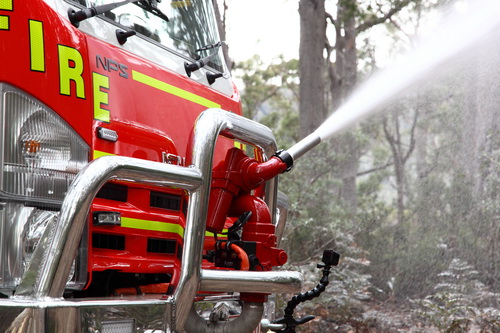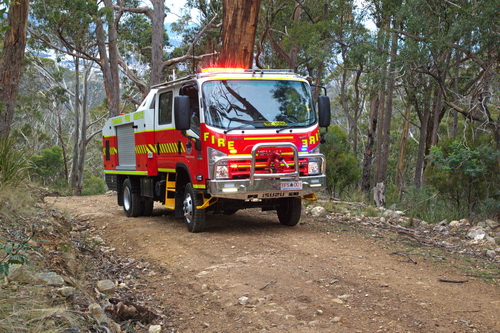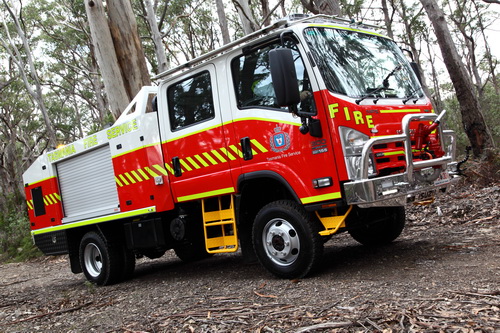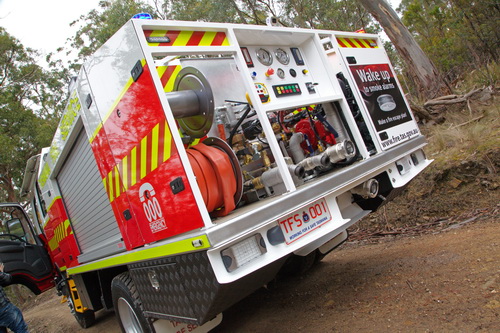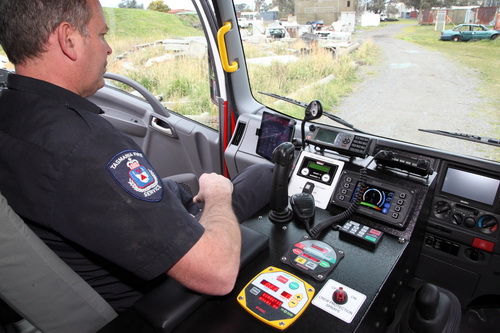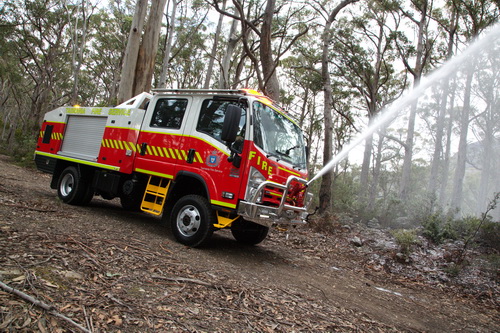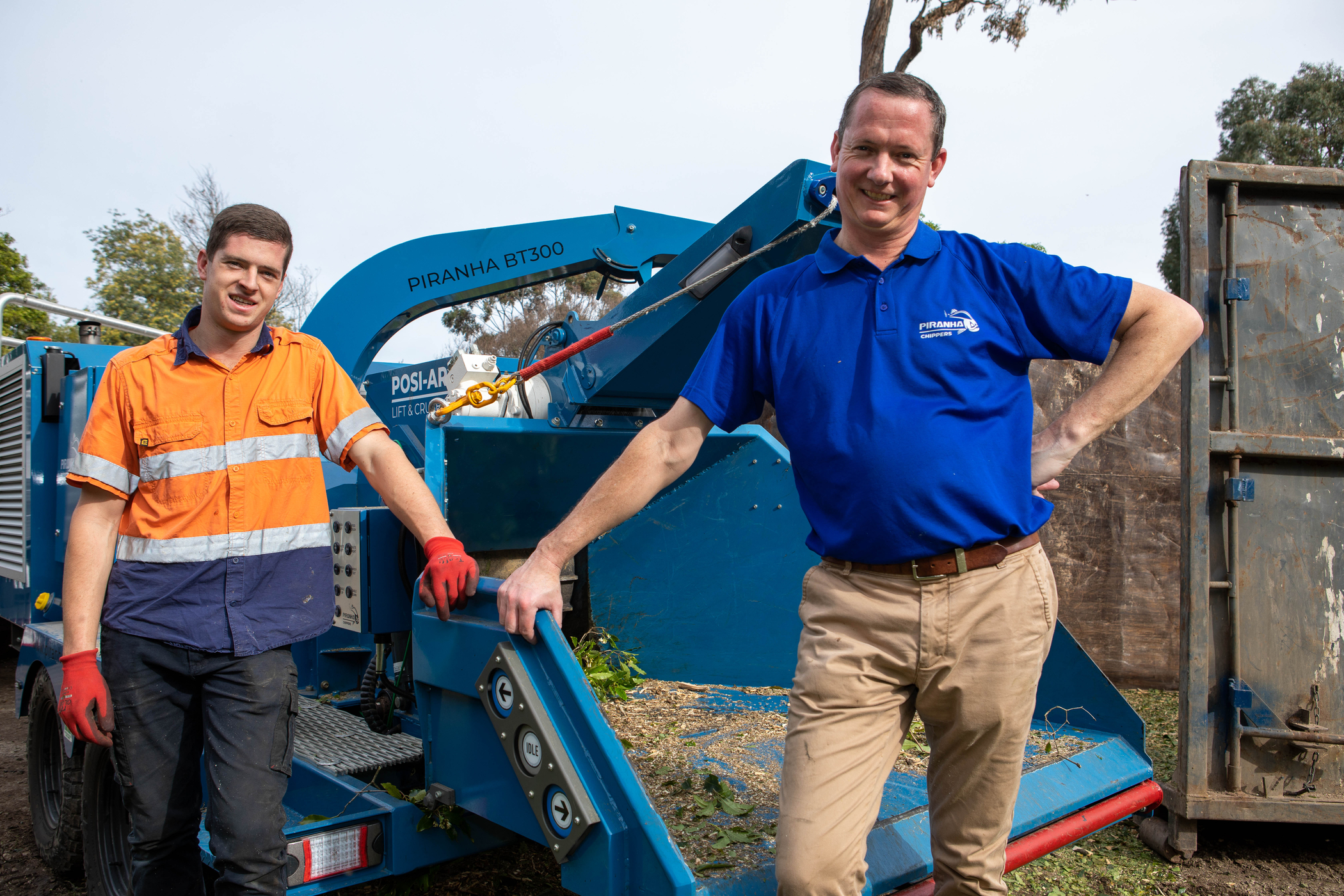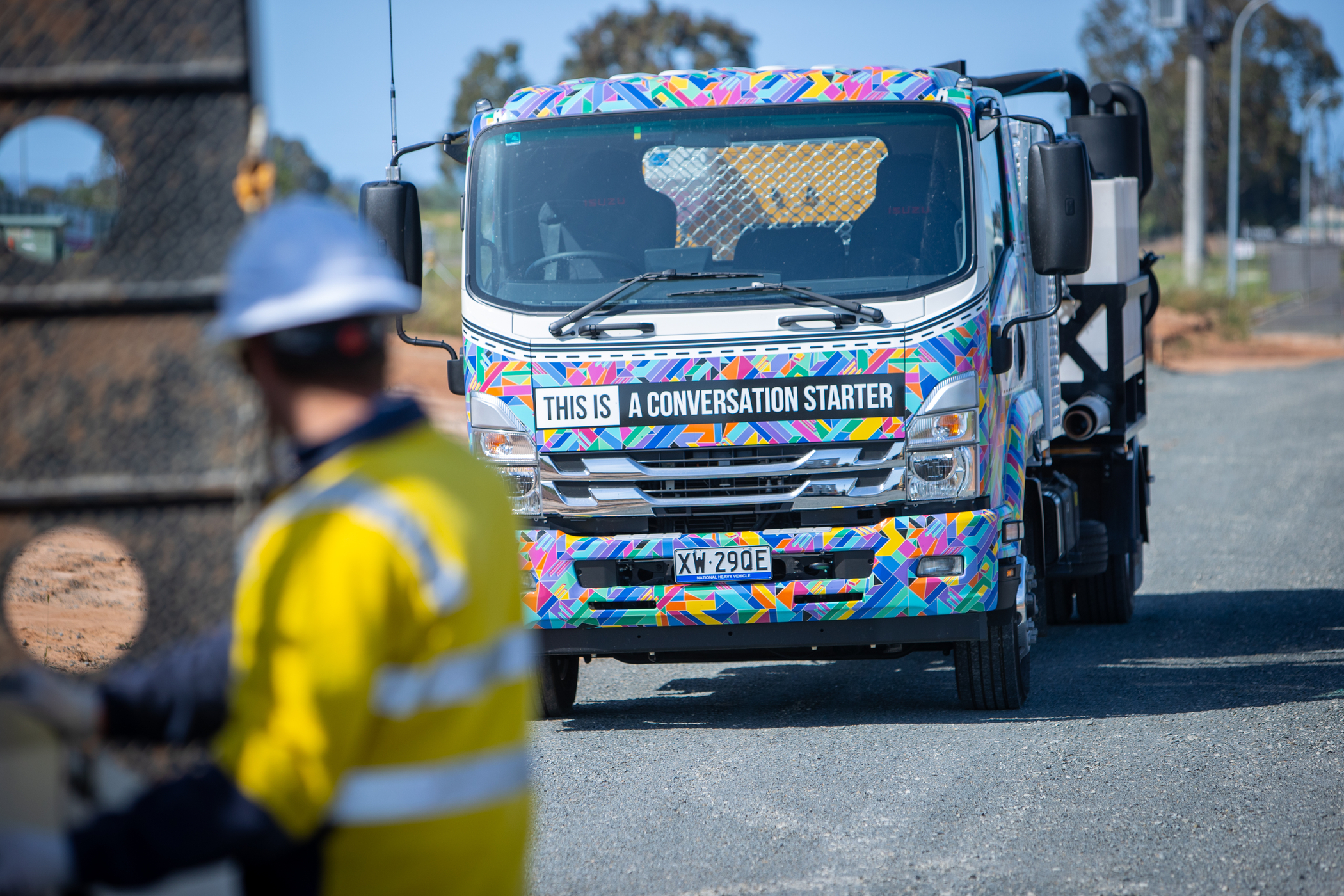TRIED AND TESTED: ISUZU CAFS TICKING BOXES IN TASSIE
Nov 15, 2016
•
0min read
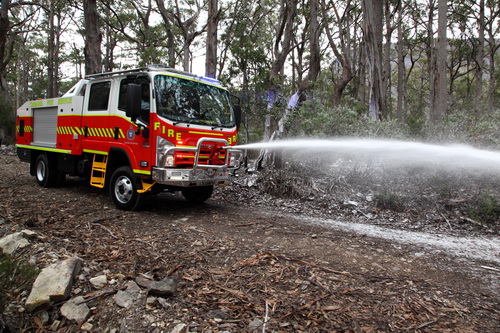
[image_gallery][/image_gallery]
When it comes to sheer severity, prevailing conditions and square kilometers affected, last summer’s 2015-16 bushfire season in Tasmania was just about as bad as it gets.
Primarily located along the state’s rugged North West coast, most of the fire-affected areas were remote swathes of rainforest, with many blazes sparked by lighting and primed by a long dry spell.
With summer fast approaching and another fire season looming large, attentions are again turning to fuel reduction across Australia’s southernmost state, as well as some new and innovative ways to keep the flames at bay.
Compressed Air Foam systems, or ‘CAFS’ as it’s affectionately known, is once such innovation that’s changing the way our emergency services, and in particular, our fire fighters, approach preventative fire suppression in both urban and rural fire applications.
CAFS has a long history across a number of different applications, with a British patent for foam additives to distinguish flames dating back to 1877. Advancements in the technology have evolved over the years with the US Navy trialing water expansion variations in the 1930s, but it wasn’t until as recently as 1982 that CAFS was officially patented by a fire fighter from the Texas Forest Service.
Surprisingly, and given our horrific history with wildfire, Australia is a relative newcomer to the use of CAFS, and only recently established its first prototype CAFS-equipped firefighting vehicle built in Australia – pioneered by the Tasmania Fire Service (TFS).
In collaboration with Isuzu Australia’s truck and off-highway engines divisions, the TFS-developed CAFS prototype was engineered upon the tried and tested Isuzu NPS 300 4x4 Crew platform with up-rated gross vehicle mass (GVM) of 7.5 tonnes.
The CAFS technology component is powered by a combination of the NPS engine which runs the air compressor and Isuzu’s four-cycle, water cooled variable diesel engine, enabling an 18.2 kW/ 3,200 Min -1 rated output.
Leon Smith, Project Leader and Fleet Manager for Tasmania Fire Service, said last year’s bushfire season presented the first genuine challenge for the Isuzu CAFS unit in preventative tasks ahead of the fire front, and also in direct flame suppression.
“They considered this last fire season down here in Tasmania as unprecedented in terms of the duration and the area in which the fires were located,” Leon said.
“When you talk about really high fire intensity, it’s simply Mother Nature at her worst.
“When bushfires are making these runs in severe weather conditions, you just need to go into protection mode to defend structures and assets in the pathway of the fire, and that’s all you can really do. When fire weather and the fire conditions dictate a catastrophic rating, you’ve got to forget about suppressing the fire and just try to protect everything that’s in its path.
“A lot of the fires were in very remote and inaccessible areas. So we did a lot of remote area work on them, but they also had the potential to run into urban areas, which we call ‘urban interface areas.’ This is where the CAFS capability we’ve developed was used very successfully earlier this year.”
Leon explained that the CAFS component was overwhelmingly deployed in a more defensive manner in the Tasmanian fires, to enable the fire front to burn safely to a desired end point.
“Tactically, it was applied in exactly the way we’d planned it. It’s about creating ‘defendable space’ and using the technology in a preventive way. CAFS adds resilience to defendable structures and vegetation, allowing that space to burn-off in controlled way, or to let the fire ‘burn to.’
“In fact in that North West area, along the coast, there is a lot of peat, and CAFS was very successful as a medium in being able to deal with deep-seated peat fires where CAF was used to penetrate into the subsurface matter to cool and extinguish.”
The re-rated GVM on the TFS Isuzu NPS 4x4 allowed for more water to be carried to the fire-front and when combined with the CAFS system, the outcome essentially increased the water effectiveness 8-10 fold.
“We saw a lot of success in ‘wetting-up’ the fuel. It’s a simple principal in so far as you’re wetting the fuel ahead of the fire, but because of the resilience of CAFS, the fuels stays wetter a lot longer, so you can pre-treat earlier and there’s less chance that a fire will run on,” Leon said.
“We did use CAFS to create defendable spaces in a lot of different vegetation types really effectively, but also is direct suppression or direct attack, especially on complex fires involving car bodies and building waste”
Away from the intensity of seasonal bushfires, the Isuzu prototype made its home with the Launceston Fire Brigade (LFB), undertaking a range of different fire-fighting tasks across urban a semi-rural environments.
“We put the NPS into the LFB where it was utilised quite extensively over summer and into autumn. There were quite a few fires up in that part of the state over that time. One in particular was a grass fire that ran into a wrecking yard and the NPS was put to work there for days on end to deliver CAFS from the in-cab monitor and suppress some of these more complex fires,” Leon said.
“The NPS was already proven as a vehicle, we knew its capabilities. CAFS is only in its infancy really, its early days, but as a complete package (the Isuzu and CAFS system) it certainly validated the effectiveness of the vehicle and the efficiencies that come along with that.
“The project has been very successful for us – one of those projects that we’ll look back on very favourably, and one that gave us good grounding for our future direction.”
ends
For further information, please contact:
Jeff Birdseye
Isuzu Australia Limited
Phone: 03 9644 6666
For Isuzu Truck Releases and Photos:
Arkajon Communications
Phone: 03 9867 5611
Email: isuzu@arkajon.com.au


